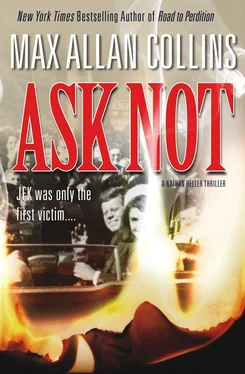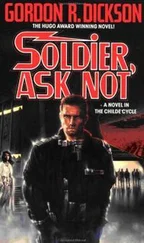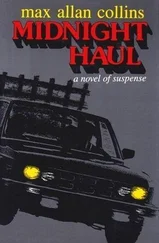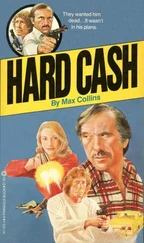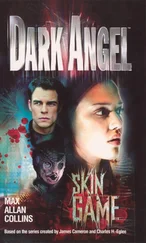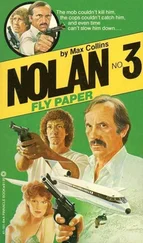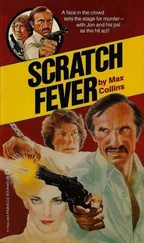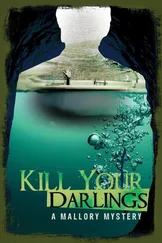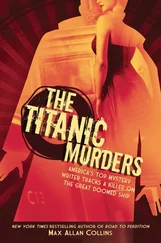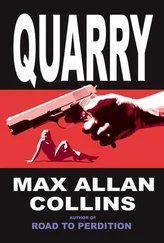Bill Chesher, thought to have inside information linking Ruby to Oswald, died of a heart attack three months after the assassination.
Hank Killam, a painting contractor who lived at Oswald’s boardinghouse, claimed that he had seen Ruby and Oswald together. His throat was cut when he was tossed through a department-store window, four months after the assassination.
Four men met in Jack Ruby’s apartment after visiting Ruby in jail just a few hours after the killing of Oswald: Bill Hunter, a reporter from California; attorney Tom Howard; Dallas reporter Jim Koethe; and Ruby’s roommate, George Senator. The latter had disappeared, and the other three were dead. Hunter was “accidentally” shot by a police officer. Howard, forty-eight, died of a heart attack.
“Jim Koethe was killed last week,” Flo said, “stepping out of his shower in his apartment here in Dallas. A karate chop to the neck. Place ransacked, but the only thing missing were the notes on the book he was working on — guess what the subject was?”
“Places to see in Dallas?” I asked.
She cocked her head, smug and serious. “What does all this sound like to you, Nate?”
It sounded all too familiar. And the odor was reminiscent, too — the same smell as the convenient deaths in the Billie Sol Estes scandal.
“A cleanup crew,” I said. “Removing witnesses, tying off loose ends.”
“Acquila Clemmons would probably agree with you. From her front porch, she witnessed the killing of Officer Tippit. Saw two men — the gunman was short, kind of heavy, the other tall and thin in khaki trousers and a white shirt. Didn’t want to talk to me, because a Dallas PD officer warned her she might get killed on the way to work.”
“Good advice.”
“I’ve saved the best for last,” she said. “The strange tale of Warren Reynolds.”
The Reynolds story began with Officer J. D. Tippit, shortly after two P.M. on November 22, reportedly cruising for suspects matching Lee Harvey Oswald’s description (as provided by the steam fitter, remember?). Officer Tippit pulled to the curb on Tenth Street, supposedly seeing a suspect matching the description. For some reason, Tippit got out of his squad car and came around to talk to the suspect but was shot and killed instead, falling near the front right fender. Two witnesses saw a man running from the scene. Neither identified Oswald as the runner.
The first such witness, Warren Reynolds — who owned and operated Reynolds Motor Company on Jefferson Boulevard, just west of the murder scene — pursued the man, heading south on Patton Avenue, but lost him a block later.
Two months after the assassination, after news reports identified him as a Tippit witness, Reynolds was questioned by the FBI. He said that Oswald was definitely not the man he saw fleeing, gun in hand, from the Tippit killing.
Two days later, at nine P.M., Reynolds went into the office of his car dealership. The lights were out, the fuse apparently blown. Someone waiting in the darkness shot Reynolds in the head, point-blank.
Miraculously, Reynolds stumbled to the telephone and summoned help, and survived the shooting. A petty local criminal, Darrell Wayne Garner, was arrested, but was freed after a young woman named Betty Mooney gave him an alibi.
“Betty Mooney,” Flo said, “was one of Jack Ruby’s strippers.”
Shortly after, Reynolds’s ten-year-old daughter was nearly abducted. Threats and further intimidation followed.
“Earlier this year,” Flo said, “Reynolds changed his story. He decided the man he saw fleeing was, in fact, Lee Harvey Oswald.”
Domingo Benavides, seeing Tippit’s body in the street, had stopped behind the squad car and rushed up to help, calling in the shooting on the dead officer’s own radio. He found two spent cartridges, 38 autos, which he initialed for Dallas officer J. M. Poe. The casings were apparently replaced with.38 Super cartridges, which would work in a.38 revolver — the.38 autos would not. Domingo’s initials were absent from the Super cartridges, as well.
More problematic was the description of the shooter that Domingo provided, that of a suspect with dark, curly hair and clothing and physical attributes that didn’t match up with Oswald’s.
“Domingo was the closest witness on the scene, by the way,” Flo said.
Domingo began receiving death threats, but it was his look-alike brother, Eddy, who was killed — shot in the head in February ’64.
“I got all of this last instance secondhand,” Flo admitted. “Domingo isn’t giving interviews. By the way, Betty Mooney? The Carousel Club stripper who alibied the possible shooter in the Reynolds attempted murder? She was arrested by the Dallas police this February for disturbing the peace, and hanged herself in her jail cell. Using her toreador pants.”
“That’s quite a list.”
“Oh, it’s longer. There are more in New Orleans, where Oswald lived right before moving to Dallas, and where Ruby often went to troll for new strippers. That’s my next stop.”
I held up both hands. “Whoa, Nellie. Let’s stick with Dallas for now.”
Her eyes flashed and her smile winked sunlight. “Then you’ll help me?”
“What exactly do you have in mind?”
“I have several witnesses to interview. And if you could get Jada, or Janet Adams, to talk to me, and maybe line me up with a few others among Jack Ruby’s girls, that would be fantastic. I’m not as flush as I once was, but I can offer a thousand a week. A week here, then a week or maybe two in New Orleans. What do you say?”
“I say I need to think about it,” I said. “I’ve been away from the office and have to check in, and see what’s on my desk.”
“Is whatever-it-is-on-your-desk bigger than the Kennedy assassination?”
“No, but it’s safer. Whatever-it-is.”
She tried to pull off a pout. “You’d just leave me here, to my own devices?”
“Just a poor little defenseless girl reporter? Give me the weekend. Don’t you have to fly back to New York and do your show Sunday night?”
“Yes,” she admitted with a nod, “I’m booked out tomorrow morning. But I’ll be back at the Statler by this time Monday.” She sat forward, her gloved hands girlishly in her lap. “Oh, Nate, please consider it. You’re the perfect man for this job.”
“I’ll call you in New York late Sunday night. After the broadcast.”
She kissed me on the mouth.
Then she gave me an impish look that should have seemed silly from a woman her age but wasn’t at all. “Now, don’t get any ideas, Nathan Heller.”
But I had a lot of ideas, none of them, for once, having to do with getting laid.
And most of them had to do with the VIP whose blessing, even permission, I would need before saying yes to the girl reporter.
“You’d think I was the fucking Beatles,” Bobby Kennedy said, holding back a sheer curtain, looking out the hotel-room window at the mass of people on the street ten stories below, their murmur like an insistent surf on a reluctant shore. The jacket of his black suit was off, waiting neatly laid out on the bed, and he wore a black tie on a white shirt whose shirtsleeves were rolled up, in a perhaps misguided rich-kid attempt to connect with workingmen.
“And that’s a bad thing?” I was seated in a comfortable chair nearby, sipping the Coke I’d been provided by a staffer. “They love you, Bob. Yeah yeah yeah.”
He smiled humorlessly, shaking his head, the familiar tousle of dark-brown hair bouncing. “Don’t kid yourself, Nate. They’re here for him. They’re here for him.”
He let the curtain take the window, brightness still filtering into a gloomy bedroom with no lights on. He seemed to prefer the shadows.
Читать дальше
